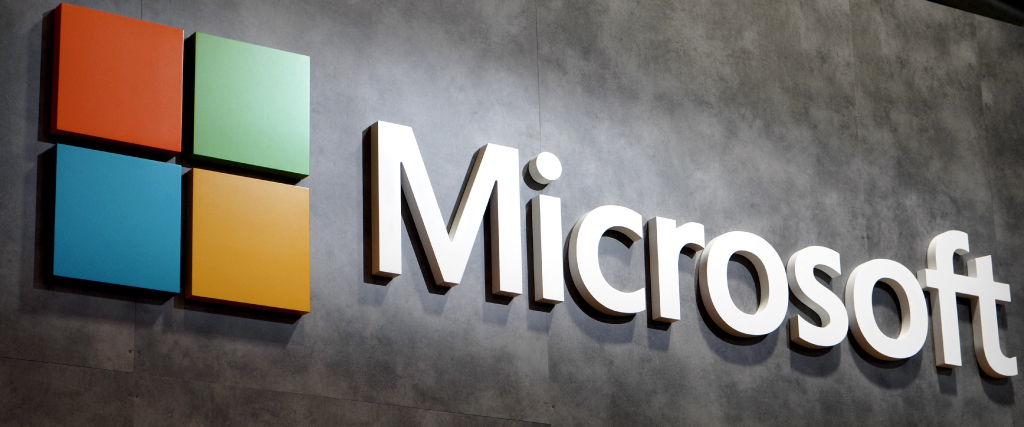Microsoft Passwordless Authentication: For the past few years, Microsoft has offered several tools that allow people to login without using passwords. Passwordless sign-ins with Windows 10 is just another step forward in protecting account holders’ personal information by eliminating passwords.
Microsoft has announced that account holders will no longer be required to use passwords to access their accounts. Instead, they can use Windows Hello, Microsoft Authenticator, a verification code, or a security key to log into their accounts. The tech giant will extend this feature to the entire line-up of Microsoft apps.
You will be now able to remove passwords from your Microsoft accounts without entering them! Microsoft has launched innovative password-less sign-ins with Windows 10 that allows users to login without entering their passwords.
Microsoft Passwordless Authentication, This development comes after Microsoft announced last year its plans for phasing out password use across Microsoft services including Outlook and Xbox Live in favor of biometric options like Fingerprint Scanning and Face Authentication on an updated version of Windows 10. Further, Microsoft is extending this feature to include all Microsoft apps with “password-less” sign-ins.
“We are expected to create complex and unique passwords, remember them, and change them frequently,” Microsoft’s Corporate Vice President of Security, Compliance and Identity Vasu Jakkal wrote in the blog post.
“In a recent Microsoft Twitter poll, one in five people reported they would rather accidentally ‘reply all’ — which can be monumentally embarrassing — than reset a password.”
Other companies have tried to improve upon passwords. Google, for example, offers an authenticator app that users can use to scan a special code when signing in.
But Microsoft said each second, 579 password attacks take place — a whopping 18 billion each year. Two reasons for such attacks, according to Microsoft, are hacker nature and the fact that people choose weak passwords.
Microsoft said it has solved this problem with the help of Windows Hello which uses facial recognition and iris scanning to authenticate user identities; or by using fingerprints via fingerprint readers or touch ID on mobile devices.
























